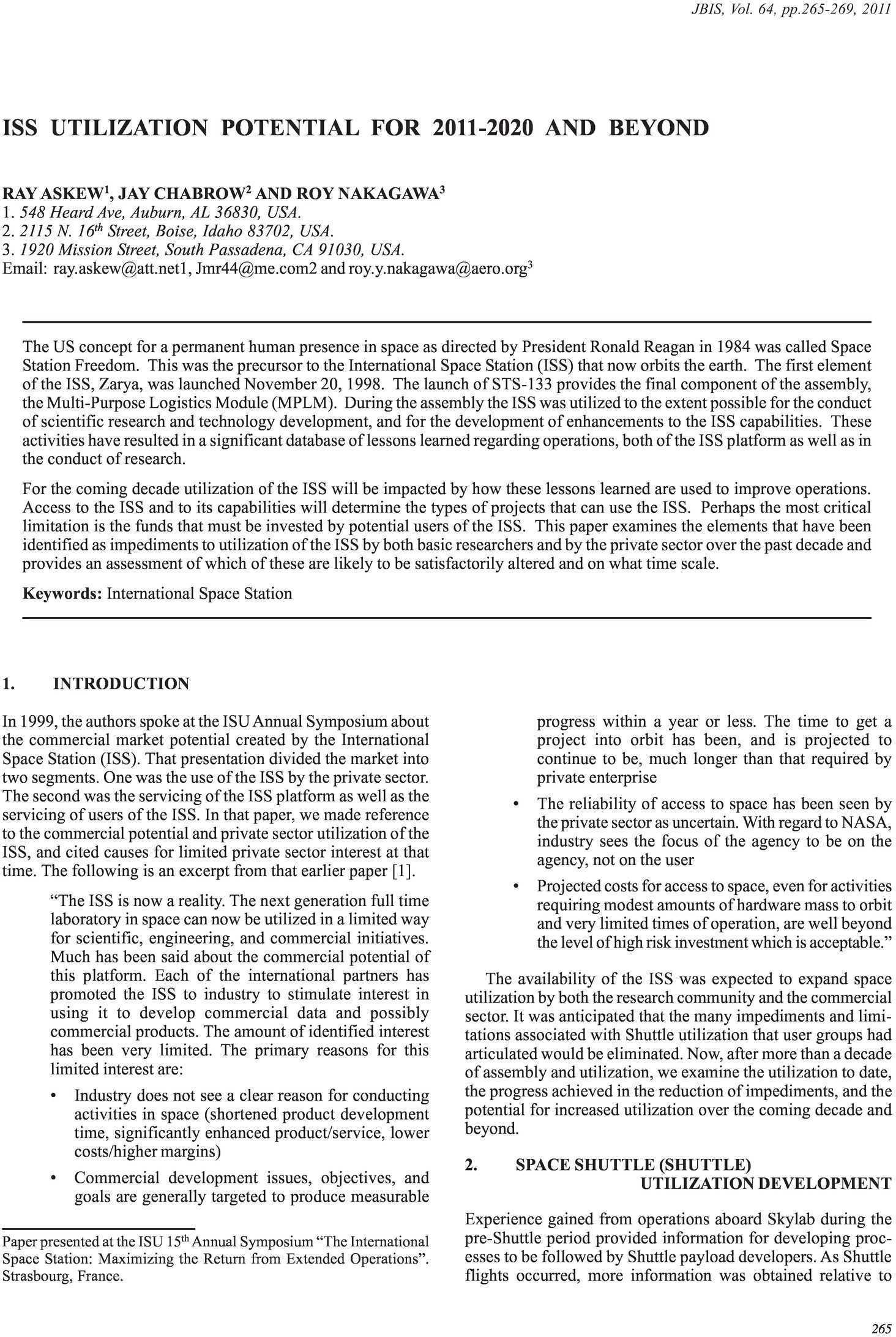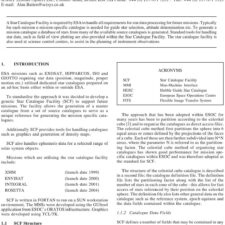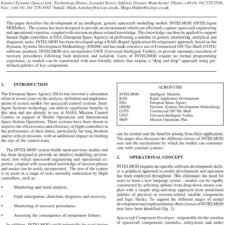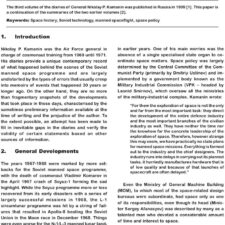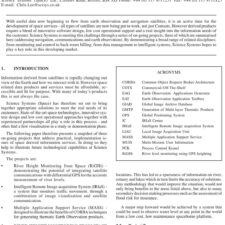ISS Utilization Potential for 2011-2020 and Beyond
£5.00
R. Askew; J. Chabrow; R. Nakagawa (2011), JBIS, 64, 265-269
Refcode: 2011.64.265
Abstract:
The US concept for a permanent human presence in space as directed by President Ronald Reagan in 1984 was called Space Station Freedom. This was the precursor to the International Space Station (ISS) that now orbits the earth. The first element of the ISS, Zarya, was launched November 20, 1998. The launch of STS-133 provides the final component of the assembly, the Multi-Purpose Logistics Module (MPLM). During the assembly the ISS was utilized to the extent possible for the conduct of scientific research and technology development, and for the development of enhancements to the ISS capabilities. These activities have resulted in a significant database of lessons learned regarding operations, both of the ISS platform as well as in the conduct of research.
For the coming decade utilization of the ISS will be impacted by how these lessons learned are used to improve operations. Access to the ISS and to its capabilities will determine the types of projects that can use the ISS. Perhaps the most critical limitation is the funds that must be invested by potential users of the ISS. This paper examines the elements that have been identified as impediments to utilization of the ISS by both basic researchers and by the private sector over the past decade and provides an assessment of which of these are likely to be satisfactorily altered and on what time scale.

